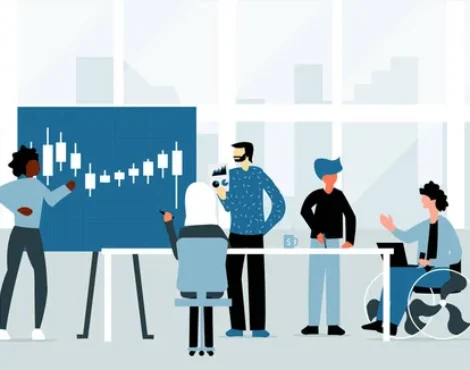The foreign exchange (forex) market is the largest and most liquid financial market in the world, attracting traders from diverse regions. Recently, several countries have gained significant attention in the forex trading community due to their economic potential and growing market participation. Among these rising stars are Mongolia and Iran. This article explores the factors contributing to their popularity in forex trading, provides a comprehensive overview of their economic landscapes, and compares them with other emerging forex markets.
Mongolia: The Rising Star of Asia
Economic Growth and Development
Mongolia’s economic transformation over the past decade has been remarkable. With its rich mineral resources, particularly coal, copper, and gold, Mongolia has attracted substantial foreign investment, fueling its economic growth.
Key Economic Indicators
- Population: Approximately 3.3 million
- GDP (Nominal): $15.1 billion
- GDP per Capita: $4,575
- Main Industries: Mining, agriculture, livestock
Forex Market Potential
Mongolia’s increasing economic stability and efforts to modernize its financial sector make it an attractive destination for forex traders. The country’s strategic location between Russia and China also provides unique trading opportunities.
Iran: A Key Player in the Middle East
Economic Resilience and Growth
Despite facing economic sanctions and various geopolitical challenges, Iran has demonstrated significant economic resilience. With a diverse economy that includes oil and gas, agriculture, and manufacturing, Iran remains a vital player in the global market.
Key Economic Indicators
- Population: Approximately 83 million
- GDP (Nominal): $610 billion
- GDP per Capita: $7,500
- Main Industries: Oil and gas, petrochemicals, agriculture, automotive
Forex Market Potential
Iran’s large and educated population, coupled with its abundant natural resources, offers substantial opportunities for forex traders. The country’s efforts to integrate more with the global financial system further enhance its attractiveness in the forex market.

Comparative Analysis: Emerging Forex Markets
To understand the relative positions of Mongolia and Iran in the global forex market, it is helpful to compare them with other emerging countries such as Vietnam, Nigeria, and Argentina. Below is a comparative analysis based on key economic indicators:
| Country | Population | GDP (Nominal) | GDP per Capita | Main Industries |
|---|---|---|---|---|
| Mongolia | 3.3 million | $15.1 billion | $4,575 | Mining, agriculture, livestock |
| Iran | 83 million | $610 billion | $7,500 | Oil and gas, petrochemicals, agriculture, automotive |
| Vietnam | 97 million | $340 billion | $3,500 | Manufacturing, agriculture, services |
| Nigeria | 206 million | $432 billion | $2,100 | Oil and gas, agriculture, telecommunications |
| Argentina | 45 million | $450 billion | $10,000 | Agriculture, automotive, energy |
Key Factors Driving Popularity
Economic Diversification
Both Mongolia and Iran have diverse economies that provide various trading opportunities. While Mongolia is heavily reliant on its mining sector, Iran boasts a more diversified economy with significant contributions from oil and gas, agriculture, and manufacturing.
Strategic Geographical Locations
Mongolia’s location between Russia and China offers unique trading advantages, while Iran’s position in the Middle East makes it a crucial player in global energy markets. These strategic locations enhance their roles in the forex market.
Government Initiatives and Policies
Both countries have made concerted efforts to modernize their financial sectors and attract foreign investment. These initiatives include regulatory reforms, improved financial infrastructure, and incentives for foreign investors.
Technological Advancements
The adoption of technology and online trading platforms has made forex trading more accessible in Mongolia and Iran. This has led to an increase in the number of retail traders and heightened interest in the forex market.
Opportunities and Challenges
Opportunities
- Investment Potential: Both Mongolia and Iran offer significant investment potential due to their natural resources and strategic locations.
- Economic Growth: Continued economic growth and diversification present numerous trading opportunities.
- Government Support: Supportive government policies and initiatives aimed at attracting foreign investment.
Challenges
- Regulatory Environment: Both countries face challenges related to regulatory oversight and transparency in their financial markets.
- Geopolitical Risks: Iran, in particular, faces geopolitical risks that can impact its economic stability and market attractiveness.
- Infrastructure Development: Continued investment in financial infrastructure is needed to support market growth.
Conclusion
Mongolia and Iran are emerging as key players in the global forex market, each with unique attributes and opportunities. Their economic growth, strategic locations, and government initiatives make them attractive destinations for forex traders. By understanding the comparative advantages and challenges of these countries, traders can better navigate the complexities of the forex market and capitalize on the opportunities presented by these rising stars. As the global economic landscape continues to evolve, Mongolia and Iran will likely play increasingly important roles in the forex trading community.



